Why Some Auroras Are Bad
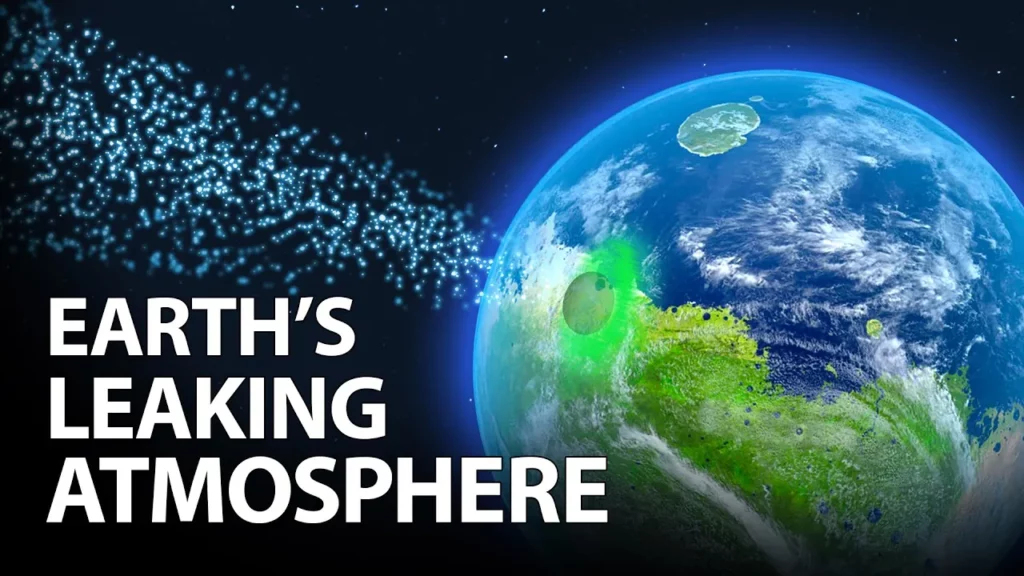
The lesson explores the phenomenon of auroras, highlighting their beauty and the scientific discoveries surrounding them. It explains how auroras are created through the interaction of solar winds with Earth’s magnetic field, leading to energy release as light. Additionally, it discusses the concerning aspect of cusp auroras, which can cause oxygen to escape Earth’s atmosphere, raising questions about the long-term stability of our atmosphere.
Sending Solar Power To Earth

The lesson discusses the innovative concept of space-based solar power, which involves launching solar arrays into orbit to collect energy from the sun and wirelessly transmit it to Earth. The X37 space plane, operated by the US Space Force, is set to conduct the first test of this technology, potentially revolutionizing energy access and usage, including powering aircraft directly in flight. While challenges such as high development costs remain, advancements in space technology and reduced launch costs could pave the way for practical applications of this groundbreaking energy solution.
Can Virgin Galactic Compete With SpaceX?
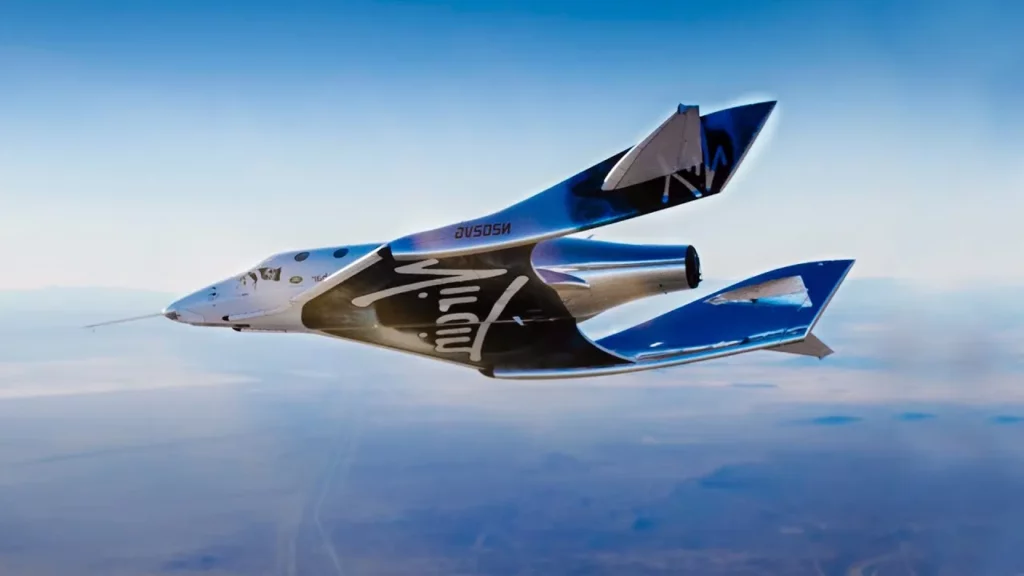
The lesson explores the potential for rapid Earth travel through rocket-powered vehicles, comparing the approaches of Virgin Galactic and SpaceX. While SpaceX aims to utilize its Starship rocket for high-speed intercity flights above the atmosphere, Virgin Galactic is developing a rocket-powered spaceplane for mid-air launches. Both companies face significant challenges, including safety, regulatory hurdles, and cost, as they work towards making commercial space travel a reality.
Why SpaceX Bought a Robotic Dog
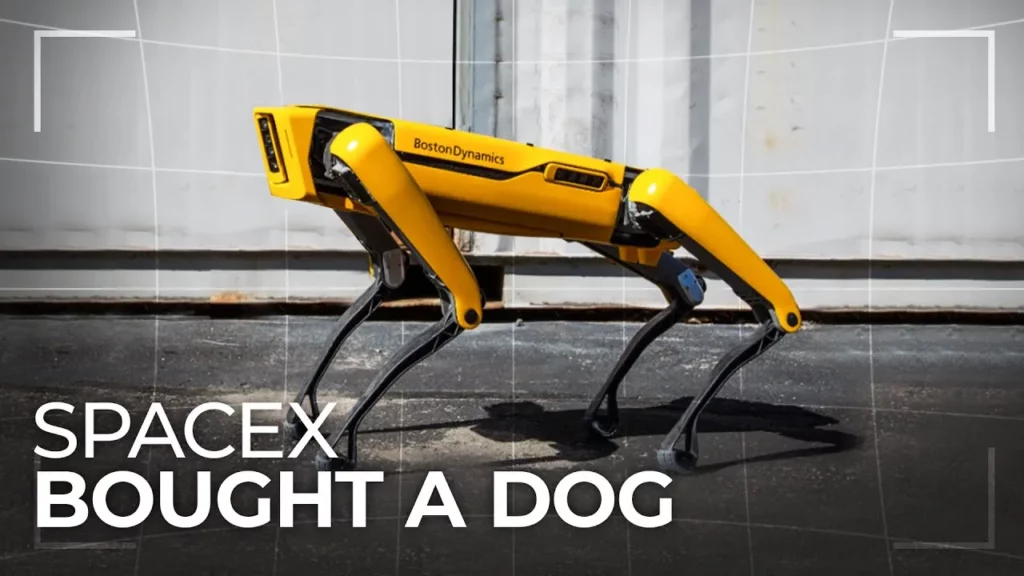
In late 2018, SpaceX introduced a robotic dog named Spot, developed by Boston Dynamics, to enhance safety and efficiency during the testing of their Starship prototypes at the Boca Chica launch site. Spot’s agility and advanced sensors allow it to navigate hazardous environments, gather critical data during tests, and potentially play a vital role in future Mars missions by assisting with setup tasks in challenging terrains. This collaboration between humans and robots signifies a new era in space exploration, where both can work together to overcome the challenges of extraterrestrial environments.
How Space Can Predict Future Pandemics
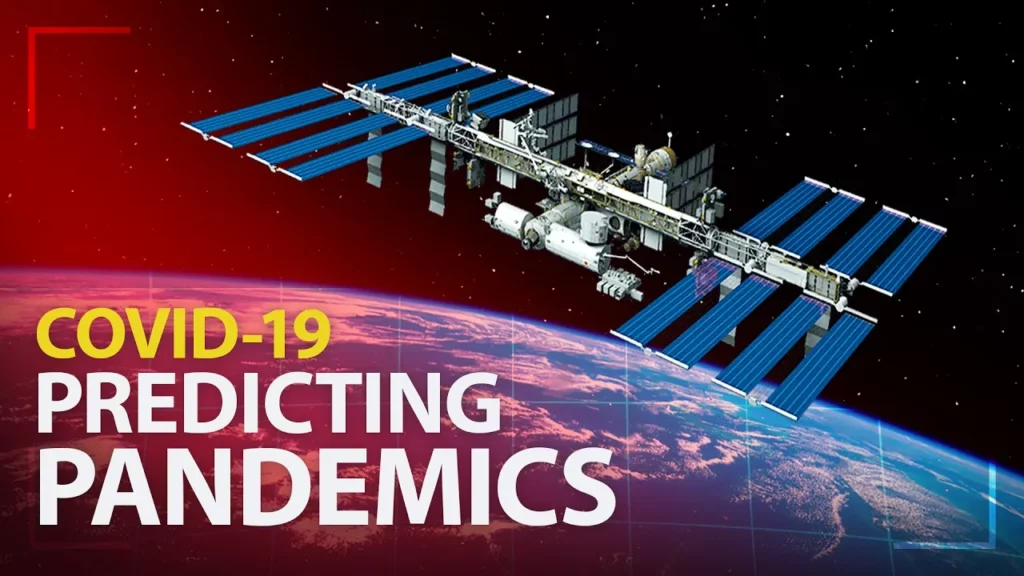
The lesson discusses how research conducted in space, particularly on the International Space Station (ISS), is enhancing our understanding of pathogens and their potential mutations, which could help predict and prevent future pandemics. By studying bacteria like E. coli in microgravity, scientists are uncovering insights into antibiotic resistance and the rapid mutation of pathogens, which poses both public health risks on Earth and challenges for space travel. As humanity explores further into space, these findings highlight the importance of addressing microbial behavior in new environments to safeguard both astronauts and public health.
The Most Efficient Space Program In The World
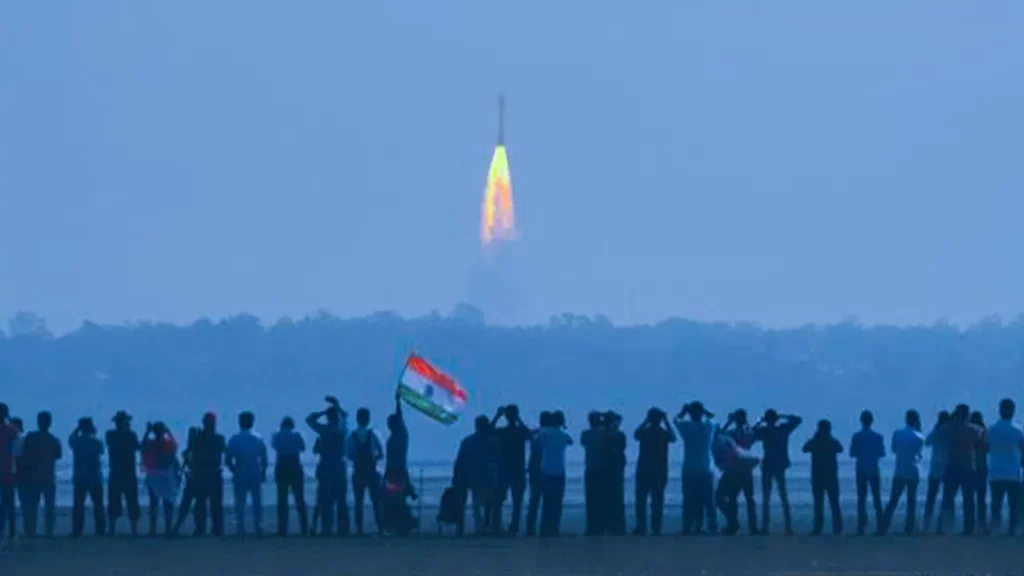
The lesson highlights India’s remarkable achievements in space exploration, particularly through its efficient and cost-effective space program, which began in 1969 amidst the dominance of the U.S. and Soviet Union. Despite operating on a significantly smaller budget, India has successfully launched satellites and interplanetary missions, such as the Mars Orbiter Mission, showcasing its strategic focus on local sourcing and workforce efficiency. The lesson emphasizes India’s ambition to continue advancing in space technology while inspiring the next generation through STEAM education initiatives.
Where Does SpaceX Get Their Rocket Fuel?
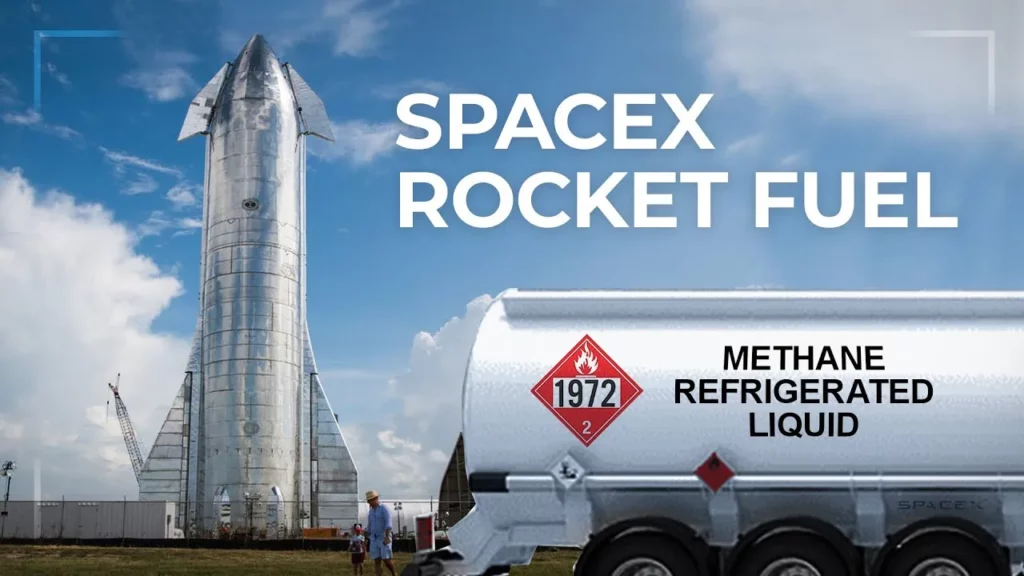
The lesson discusses how SpaceX sources and manages rocket fuel for its Falcon 9 and Starship rockets, highlighting the importance of fuel costs in the overall expense of space launches. Falcon 9 utilizes liquid oxygen and RP1 kerosene, while Starship employs methane and liquid oxygen, with a focus on potential on-site production to reduce costs. SpaceX is innovating in fuel management, exploring sustainable practices, and developing infrastructure to enhance efficiency and support future missions, including those to Mars.
SpaceX’s Launch Pad Problem
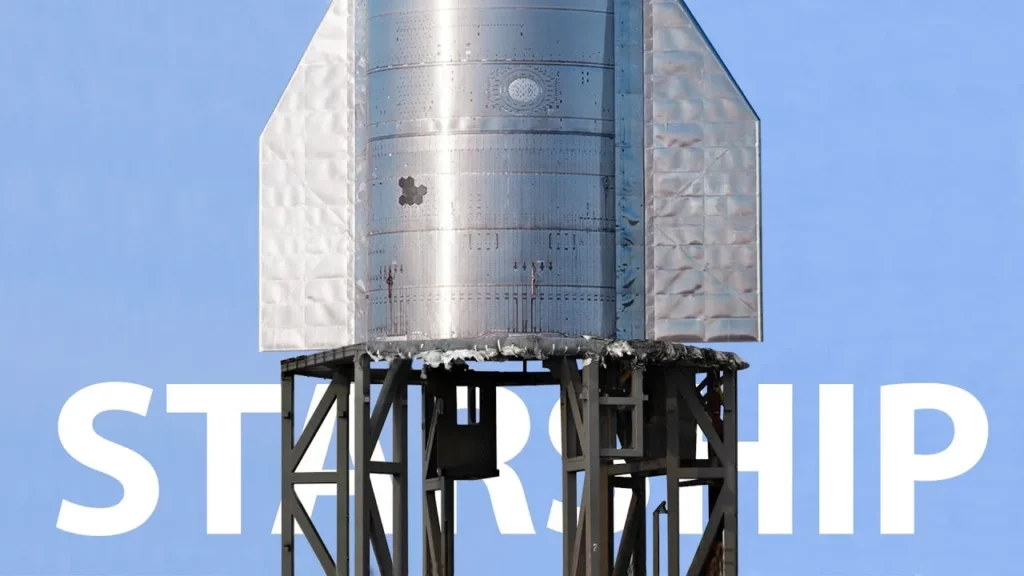
SpaceX is facing significant challenges in developing its Starship rocket, particularly with the launch pad’s design and durability. During recent static fire tests, the launch pad suffered damage due to the intense heat and pressure from the rocket’s engines, exacerbated by the absence of a flame diverter. To overcome these issues, SpaceX is innovating its launch pad design to ensure it can withstand the powerful forces during launches and landings, while also preparing for the unique conditions on Mars where traditional launch infrastructure will not be available.
Why SpaceX Will Catch Super Heavy
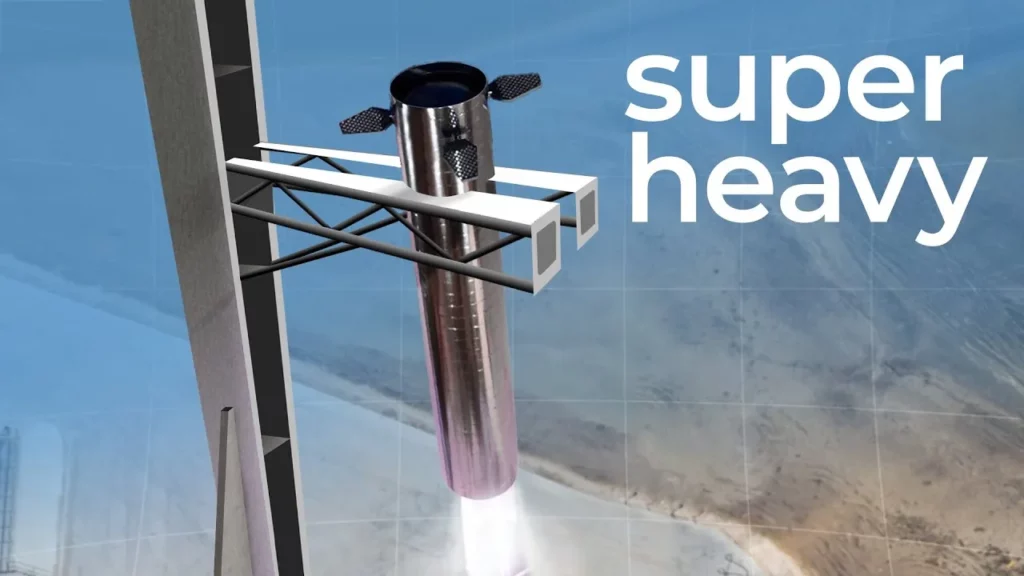
The lesson discusses SpaceX’s journey towards rocket reusability, highlighting their successful landing of the Falcon 9 and the significant cost savings achieved through this innovation. It then explores SpaceX’s ambitious plan to catch the Super Heavy booster mid-air using a giant arm on the launch tower, which aims to streamline turnaround times for future missions, particularly for the Starship program targeting lunar and Martian exploration. This bold approach not only simplifies the refurbishment process but also enhances the efficiency of space travel.
The Mysterious Return Of NASA’s Centaur Rocket
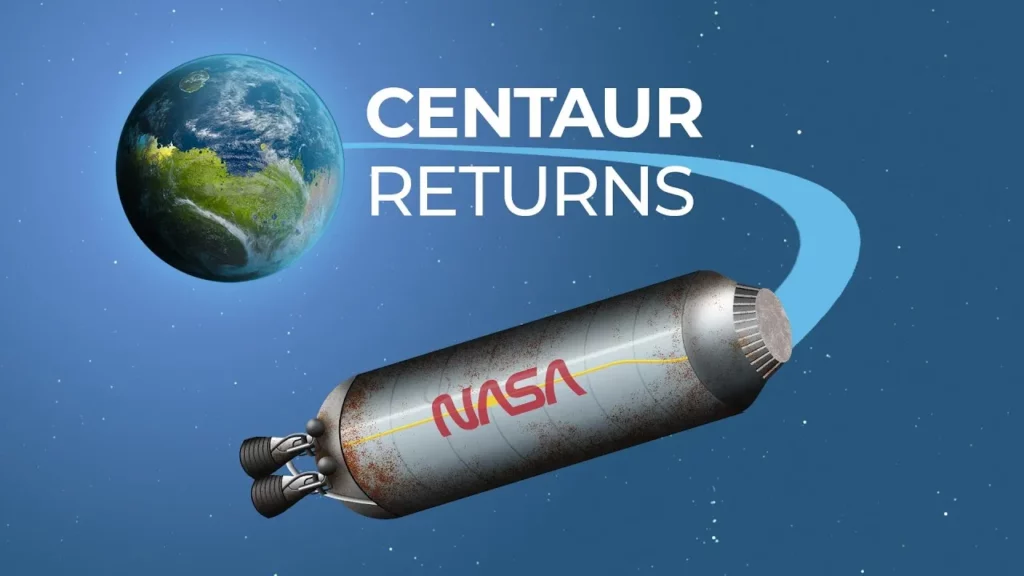
The lesson discusses the unexpected discovery of the Centaur rocket, which was launched in 1966 as part of the Surveyor 2 mission and had been orbiting the sun for decades. Astronomers identified it as the human-made object 2020SO, using spectroscopy to confirm its composition and match it with a Centaur rocket stage from 1971. This finding highlights the importance of tracking space objects and the advancements in technology that will aid in future observations of such artifacts as they continue their journeys through space.